Displacement 4,650 tons Beam 45 ft (14 m) Length 98 m | Tons burthen 2,812 tons Launched June 1863 Weight 4,725 tons Propulsion Steam engine, Sail | |
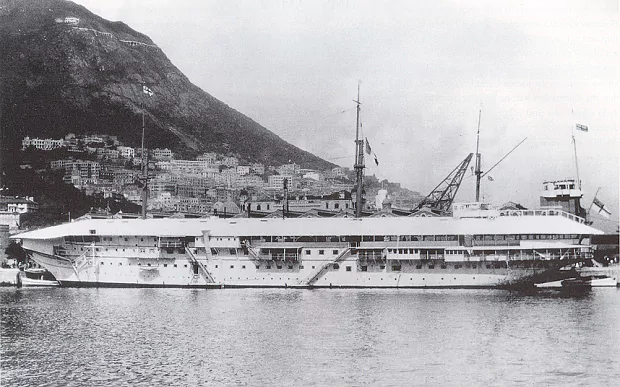 | ||
Place built Cubitt Town, London, United Kingdom | ||
HMS Tamar was a Royal Navy troopship built by the Samuda Brothers at Cubitt Town, London, and launched in Britain in 1863. She served as a supply ship from 1897 to 1941, and gave her name to the shore station HMS Tamar in Hong Kong (1897 to 1997).
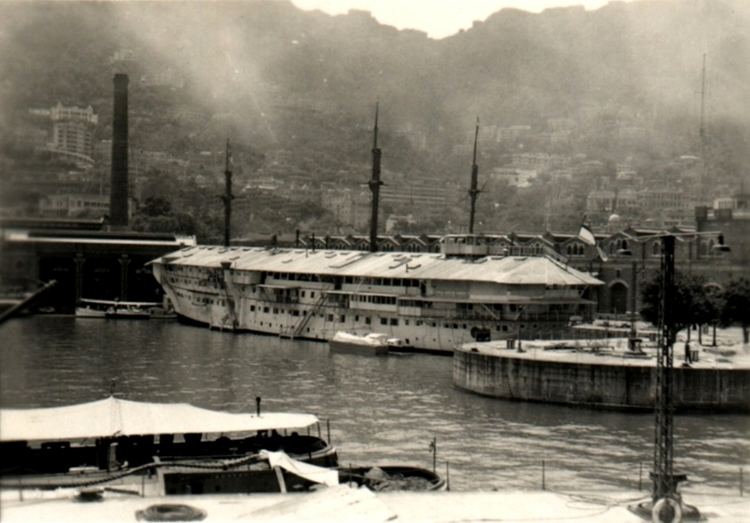
History
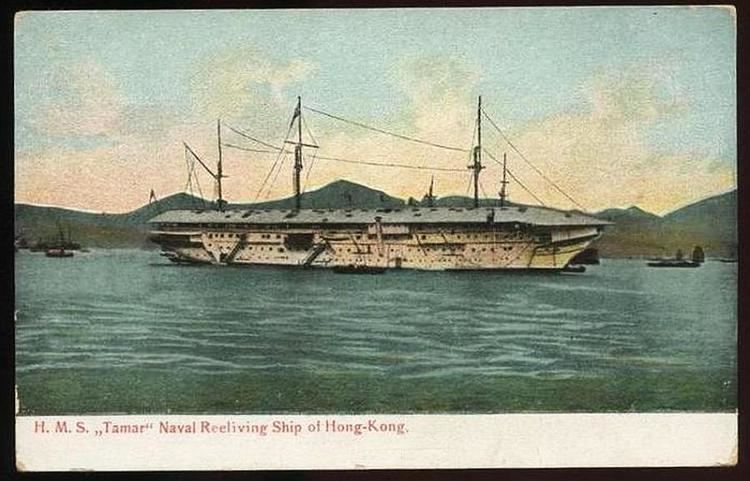
The 1863 incarnation of HMS Tamar was the fourth to bear that name, which is derived from the River Tamar, in Cornwall, and the ship's crest is based on its coat of arms. Built in Cubitt Town in East London, she was launched in June 1863, and began her maiden voyage on 12 January 1864 as a troopship to the Cape and China.
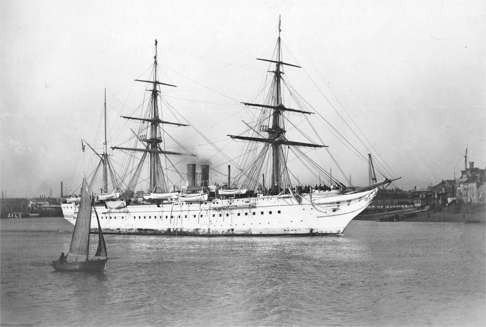
Tamar was dual-powered with masts and a steam engine, giving a speed of 12 knots. She originally had two funnels, but she was re-equipped with a more advanced boiler and reduced to one funnel.
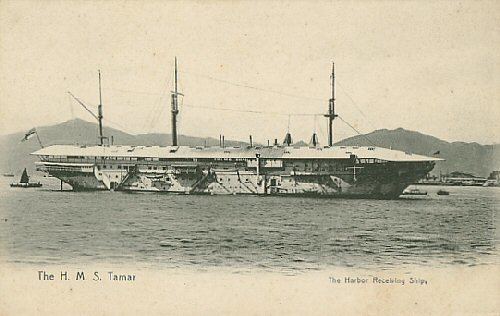
In 1874, she formed part of the Naval Brigade that helped to defeat the Ashanti in West Africa, during the Ashanti War. Tamar took part in the bombardment of Alexandria in 1882.

In 1879, The British Medical Journal reported a group of sailors aboard the Tamar were poisoned by a bad pigeon pie which spawned an Admiralty investigation.
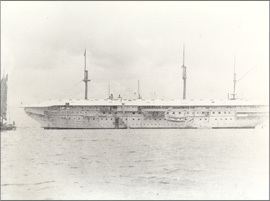
In 1897 Tamar was hulked as a base ship and relieved HMS Victor Emmanuel as the Hong Kong receiving ship. She was used as a base ship until replaced by the shore station, which was named HMS Tamar, after the ship.
The Tamar had been towed out to a buoy on 8 December during the Battle of Hong Kong during World War II. Amidst a curfew of darkness and bombardment by the Japanese forces, the orders came at 2100 hours on 11 December to scuttle her. She was scuttled at the buoy on 12 December 1941 once it was clear that the advance could not be arrested, to avoid being used by the invading Japanese Imperial forces. As the ship's superstructure became airlocked, the ship refused to sink for some time, until the Royal Artillery was called in to administer the coup de grâce.
A mast from this ship is now erected outside Murray House in Stanley, Hong Kong.
In late 2014, during dredging work for the Central–Wan Chai Bypass, the remains of what strongly appears to be HMS Tamar were discovered at the location where she is believed to have been scuttled.
